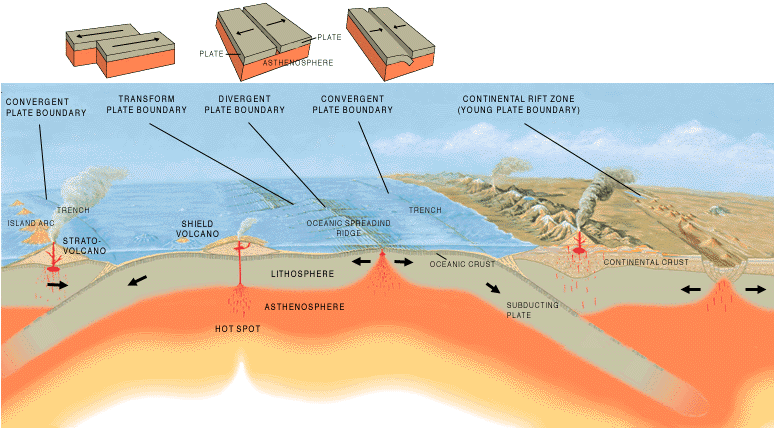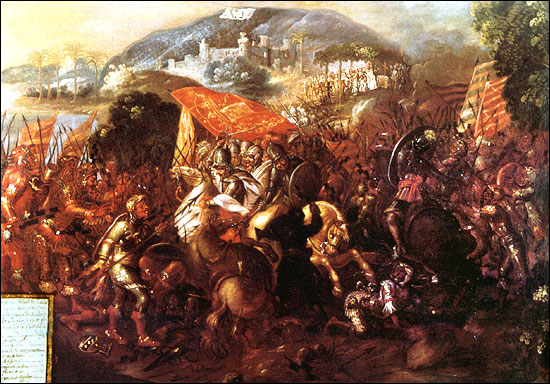We just learned about the Earthquake Swarm, a lot of earthquakes happening in the same area.
Scientists spend a lot of time trying to figure out what causes earthquakes.
We already learned about the big tectonic plates on our planet that crash into each other at faults
Another cause of earthquakes is from Volcanoes and tectonic plates.
We learned a while back about the melted rock called magma that flows around like hot water under a volcano before it erupts.
Sometimes that hot magma flowing around underground can put a lot of pressure on the rocks above it, and cause it to crack, causing an earthquake.
You can think of it like water in a water balloon, when you squeeze the water balloon it will pop!

(from: wikipedia - volcanism)
Kid Facts - Blast from the past: Charcoal









